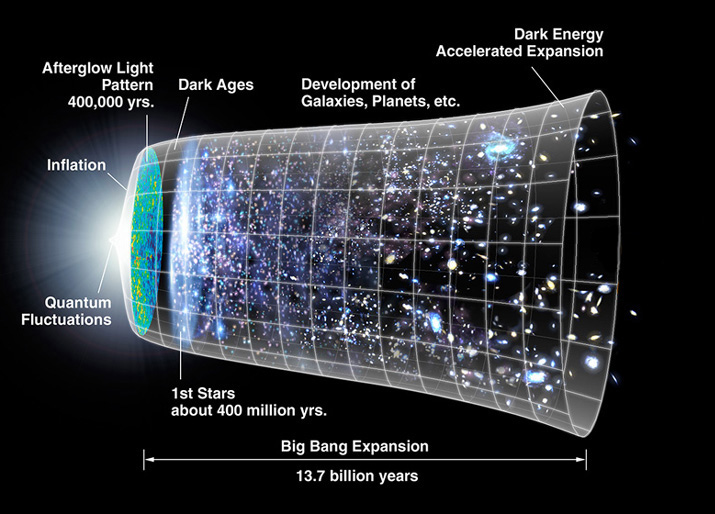From his website:
Saturday, 11 August 2007
Kinetic Sculptures
From his website:
Thursday, 9 August 2007
Friday, 3 August 2007
The smallest Linux Computer in the World
Wednesday, 1 August 2007
The Book of Kells

The book is a concordance of the four Gospels according to the text of Saint Jerome, with almost as many drawings as there are pages, each decorated in wondrous colors. Here one can contemplate the visage of divine majesty miraculously rendered; there, the mystical representations of the Evangelists, some having six wings, some four, some two. Here we see the eagle, there the bull, here the face of a man, there that of a lion, and innumerable other drawings. In looking at them casually, it might appear that they are no more than idle scribblings rather than formal compositions. One might not see the subtleties, whereas all is subtlety. But if one takes pains to study the book attentively, to penetrate the innermost secrets of the art, one will find embellishments of such intricacy, such delicacy and density, such a wealth of knots and interlacing links in such fresh and lustrous hues, that one will unequivocally pronounce it the work not of man but of angels.
.



